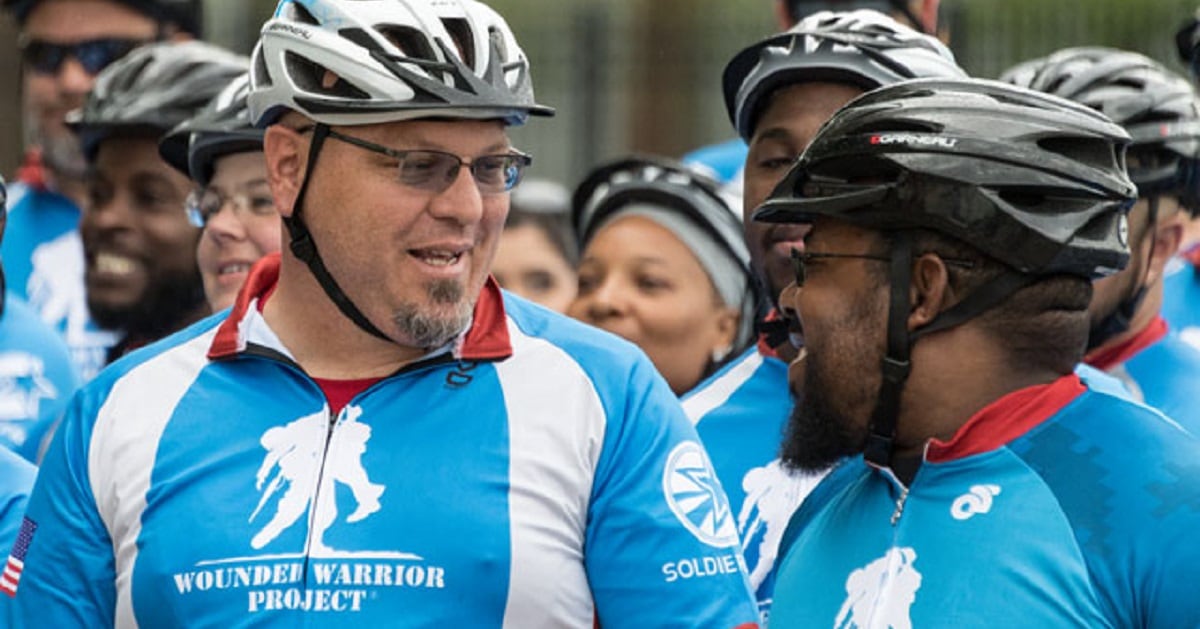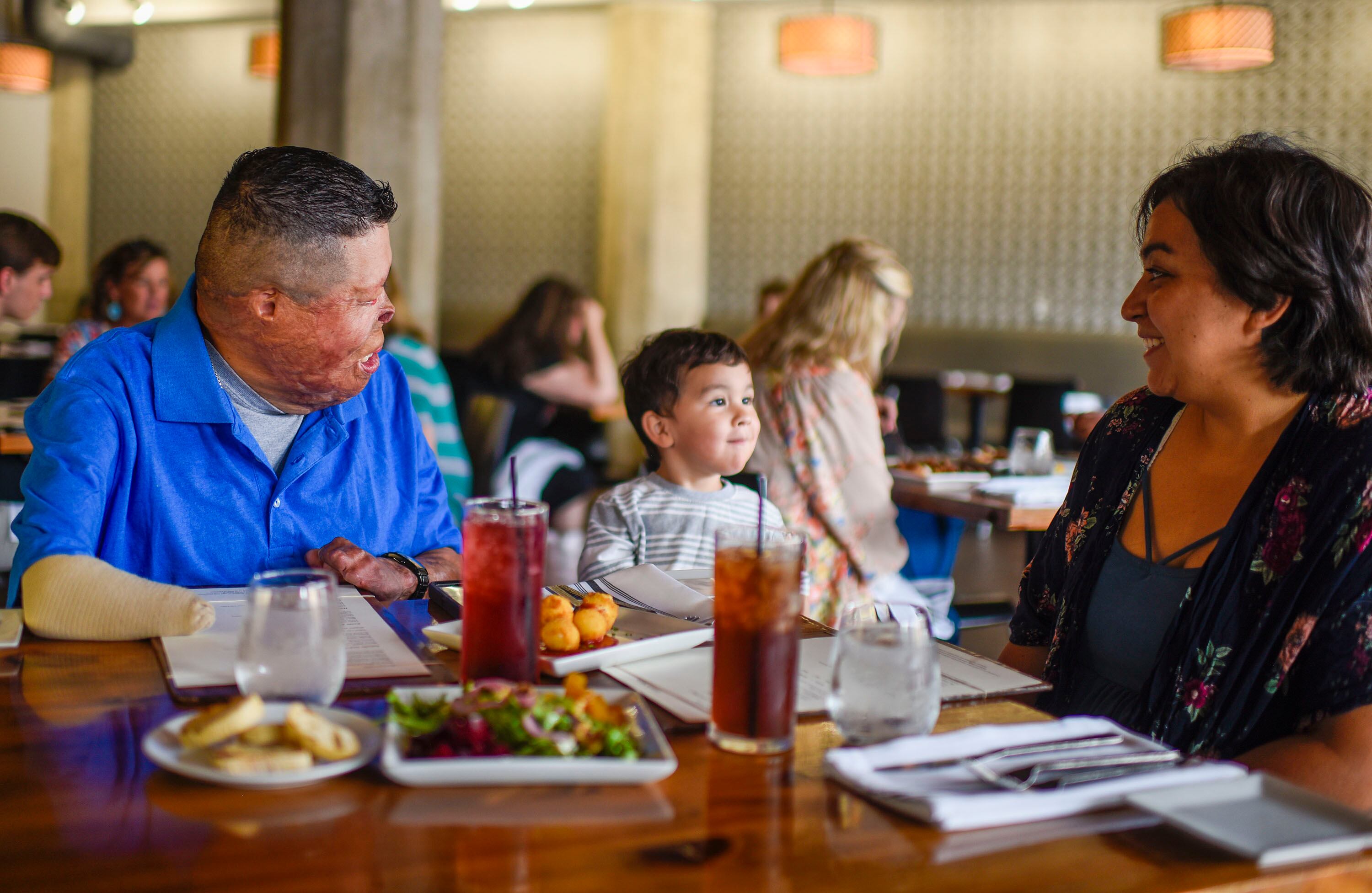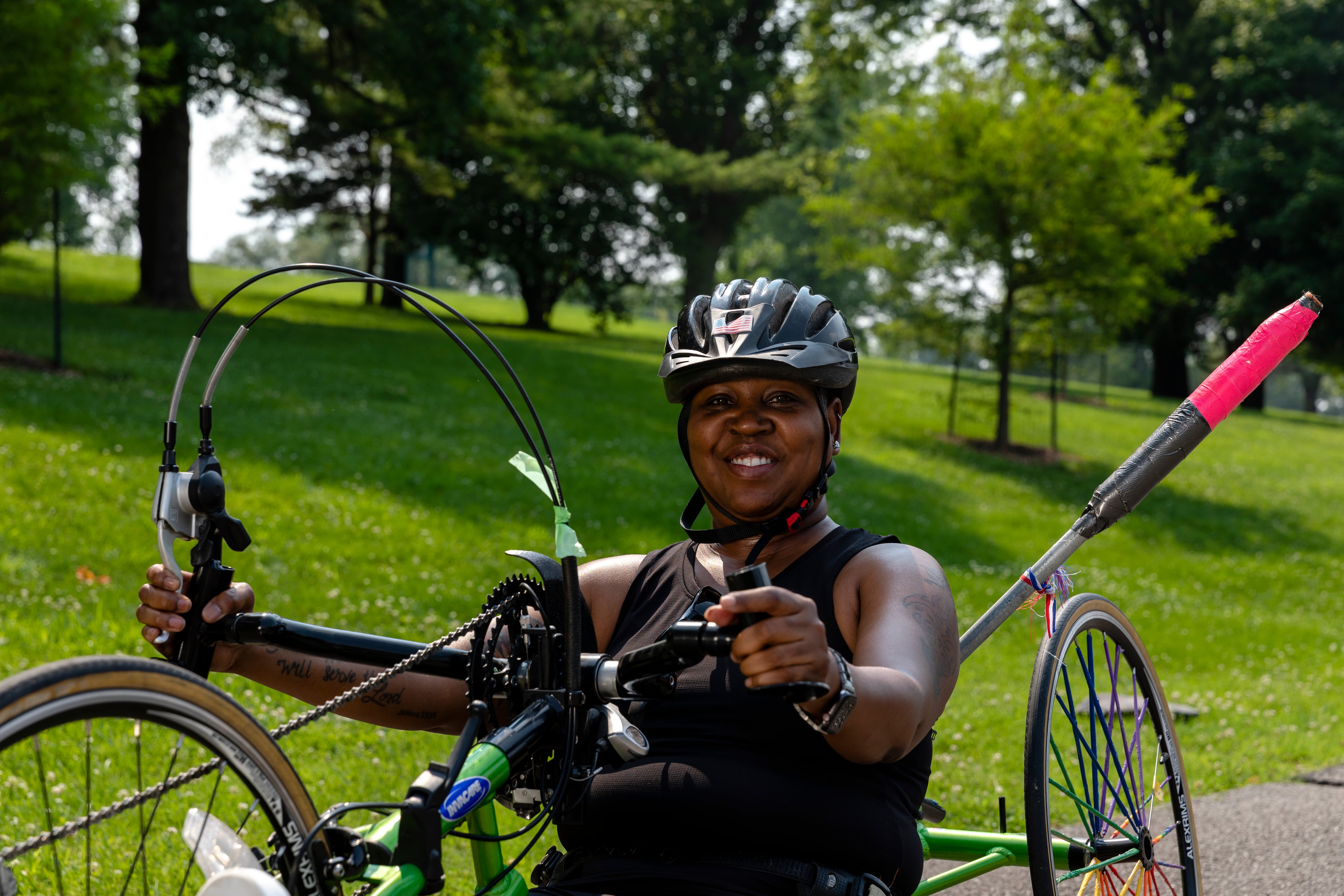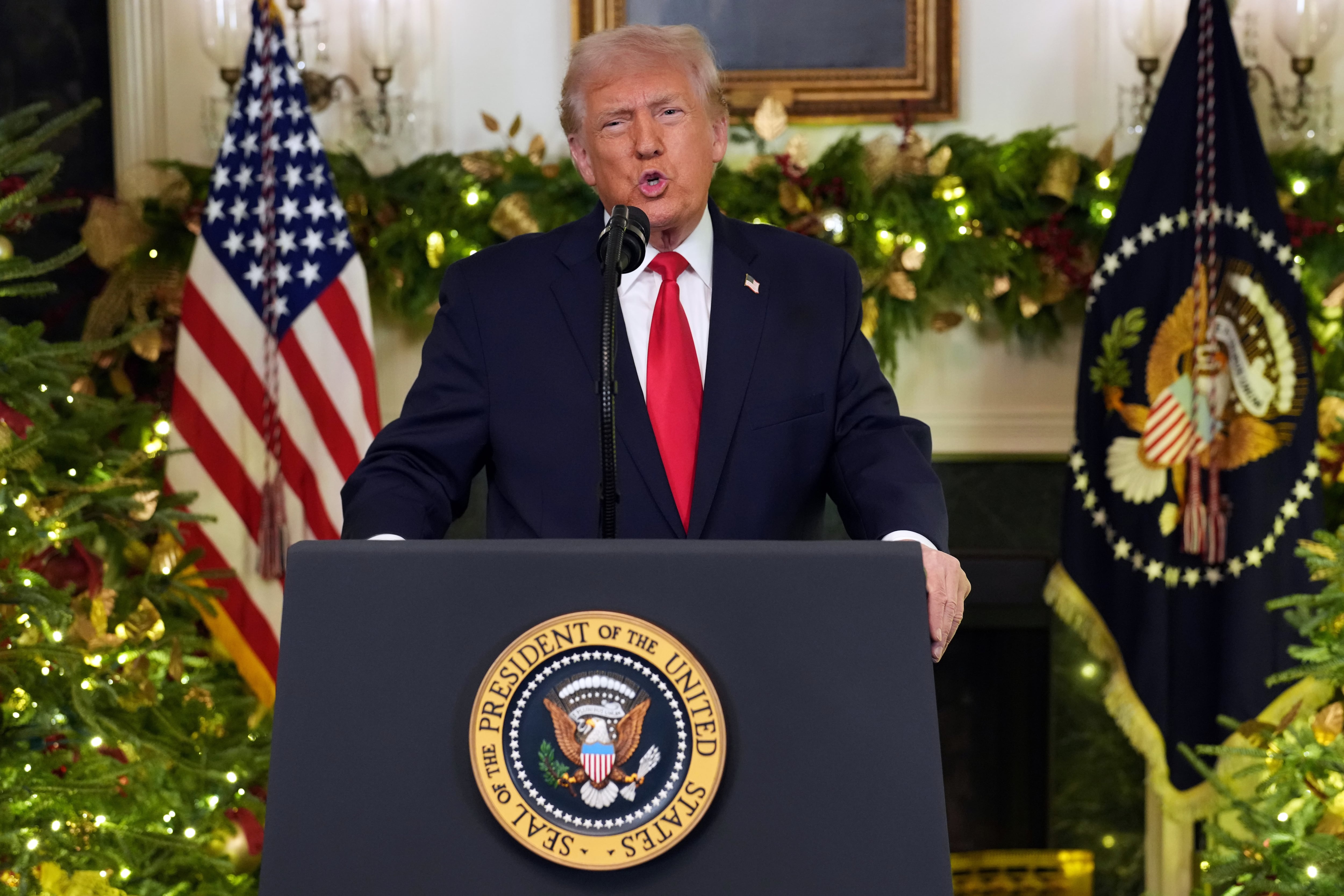Wounded Warrior Project adds about 70 new members each day, even though the last major U.S. combat operations ended years ago.
Army veteran Donna Pratt isn’t surprised by the continued demand on the group.
“When you go to Wounded Warrior Project events, you don’t have to explain your injuries. You don’t have to explain your service,” the 51-year-old former soldier told Military Times. “It’s like a family reunion, even if you haven’t met before. We’re all part of the same tree.”
Pratt, who left the service in 2010 after suffering severe foot and ankle injuries, has been involved with WWP since her retirement. In the decade since, she said her bonds with fellow group members have grown as membership has also climbed upward.
The nonprofit, celebrating its 20th anniversary this summer, continues to see high demand for its services even years removed from major combat operations overseas, leaving behind a bump in the organization’s history under previous management. The group has grown into a behemoth in the veterans community over the last two decades, with more than $300 million in resources. That money has gone towards long-term financial aid packages for severely wounded veterans, emotional support for families, career guidance for struggling individuals and social events across the country. All of those programs still enjoy high, and growing, membership and participation, officials said.
RELATED

Officials expect to welcome their 200,000th wounded veteran member later this year. In addition, The organization also counts more than 40,000 military and veteran family members among its registered participants.
“It’s impressive to think that this group started by handing out backpacks of comfort supplies to injured troops, and how much it has grown exponentially since then,” said Michael Linnington, WWP’s CEO and a retired Army lieutenant general. “But what keeps me up at night is how we continue to serve those individuals and all the ones continuing to sign up and become members.”
WWP officials have a host of special anniversary events planned in coming months to run alongside existing support and training programs already planned for members. The message behind all of them is the same: The need to help wounded warriors far outlasts the fighting itself.
WWP also awards millions in grants annually to other partners in the nonprofit space, including long-established groups such as Veterans of Foreign Wars and the National Military Family Association.
Linnington said he doesn’t see signs of demands on the organization slowing down. Staff members have seen a steady rise in recent years in the number of new members with unseen wounds of war, like depression and post-traumatic stress disorder. Programming has shifted to aid more of those individuals, some of whom have repressed issues for years.

Anthony Villarreal, a Marine Corps veteran who was severely burned in a roadside bomb attack in Afghanistan 15 years ago, said he sees those lingering, unaddressed health issues among fellow veterans on a regular basis. He has been both a spokesman and active participant at WWP, and said other veterans chat with him about the group every few days.
“A lot of veterans won’t come right out and say, ‘Hey, can you help me?’” he said. “But when I run into them, they ask me about who I’m working with, and whether they still provide services for veterans. So they’re still looking for someplace to help them.”
Villarreal said he is currently using WWP’s employment assistance programs to find work. In the past, he has both attended events with other wounded veterans and helped run them, sharing his own struggles and successes.
“As veterans, we have stories that you can’t really tell your family members or loved ones, because they won’t understand it all,” he said. “But when you’re talking to other wounded veterans, there is an understanding. You don’t have to explain the background. You’re just there.”
Pratt said that’s what continues to keep her involved in the group.
“I just keep finding more and more healing,” she said. “Whether it’s invisible wounds or visible ones, we just get each other. And whether it has been a day since you were hurt or 10 years, you still need that healing.”
More information on the group’s 20th anniversary events are available through their web site.
Leo covers Congress, Veterans Affairs and the White House for Military Times. He has covered Washington, D.C. since 2004, focusing on military personnel and veterans policies. His work has earned numerous honors, including a 2009 Polk award, a 2010 National Headliner Award, the IAVA Leadership in Journalism award and the VFW News Media award.





